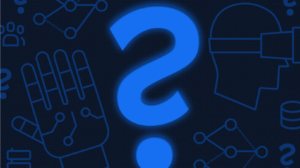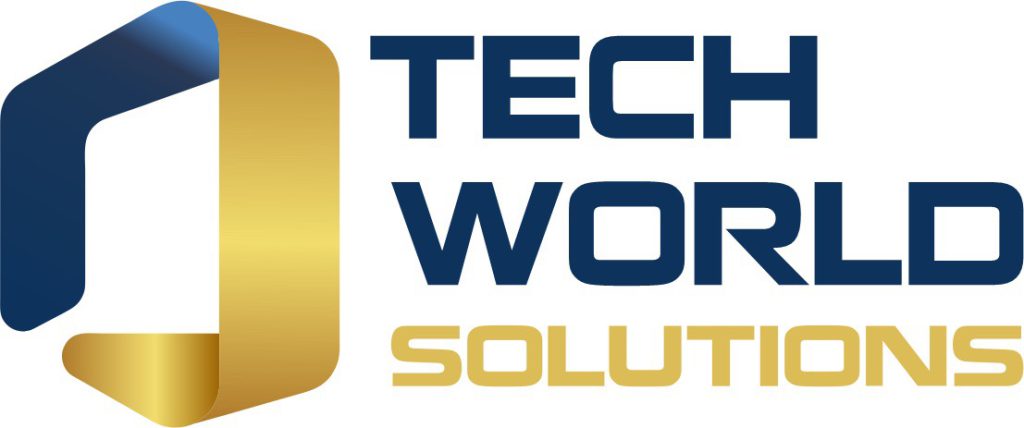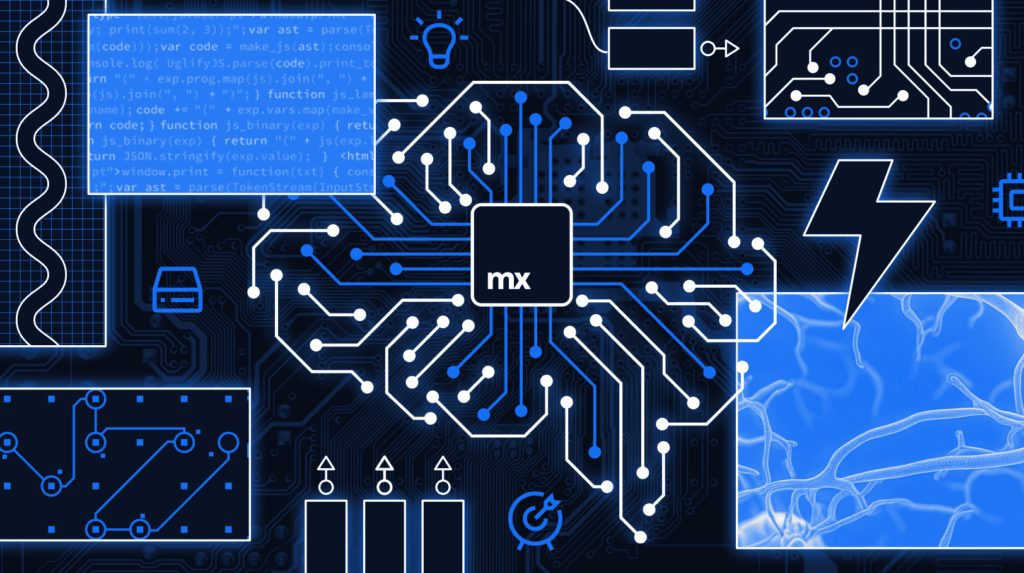1. What is an e-commerce website?
In today’s world, the business model of buying and selling products or services through websites or mobile applications is becoming increasingly popular, commonly referred to as e-commerce. This channel allows you to buy and sell products 24/7 on a global scale—something that traditional stores are still limited in offering.
This trend has led to the emergence of e-commerce websites. So, what is an e-commerce website? It is a tool that supports businesses in online operations, making sales and customer engagement easier. Many businesses are entering the competitive race by developing e-commerce websites to attract more potential customers.
2. Benefits of designing an e-commerce website
Designing an e-commerce website not only facilitates online transactions but also offers numerous advantages for businesses, such as:
- Increased revenue: With an e-commerce website, your customers are no longer restricted by time or geography. This leads to an increase in customer base and ultimately boosts revenue.
- Reduced advertising costs: When you build an e-commerce website, you eliminate the need to rent physical space or hire in-store staff. Additionally, costs for printing catalogs, brochures, and other materials can also be reduced.
- Low-cost global marketing: You can easily promote your brand, products, and services worldwide through online advertising at a relatively low cost. This is something that traditional business models struggle to achieve.
- Improved customer service: Customers can quickly and accurately access product or service information through online channels. E-commerce websites also make it easier for them to view and purchase products online.
- Competitive advantage: Designing an e-commerce website allows businesses to showcase creativity and develop new ideas for services or marketing strategies to attract potential customers. If your competitors are already using e-commerce, being a trendsetter could offer significant advantages.
In addition to the benefits mentioned above, e-commerce website design offers other advantages, including:
- Establishing and strengthening connections with suppliers, partners, agents, and customers.
- Reducing promotional and event-related costs.
- Making online ordering more convenient through mobile apps.
- Ensuring quick, continuous, and timely customer interaction.
- Centralizing customer information management.
- Optimizing sales monitoring and demand forecasting.
- Encouraging loyal customers to become agents to expand sales channels.
- Offering simple, convenient payment options.
- Providing delivery staff with tools to track order schedules.
- Enabling website administrators to manage, update, and coordinate system operations efficiently.

3. Essential features of an e-commerce website
When designing an e-commerce website, businesses should ensure that the design team includes the following essential features:
- Software solution features for e-commerce platforms
- Features for buyers (Frontend)
- Features for sellers (Backend)
- Features for suppliers (Frontend + Backend)
- Agent features (Frontend + Backend)
- Content display for the marketplace (Frontend)
- Administration tools (Backend)
Among these, Frontend and Backend features are the most important. Each feature must meet the following specific requirements:
3.1 Frontend Features
- User Accounts:
- Registration and login for suppliers, customers, and other users.
- Manage personal information, including name, phone number, address, password, profile picture, and date of birth.
- Role-based permissions for different account types: supplier, agent, employee, customer support, and customer accounts.
- Member profiles, including contact information, points, ratings, and products.
- Commenting and rating for products and profiles.
- Friend requests, friend lists, and messaging.
- Group management, including creating, joining, and managing groups, viewing group notifications, and group member lists.
- Terms of use, privacy policies, and user guides.
- Buyer Pages:
- Product listings in grid or column views.
- Search and filter options by keyword, price, etc.
- Product details, including images, videos, reviews, and purchase history.
- Share products with friends via email.
- Add to cart, shipping options, payment methods, and order tracking.
- Compare products within the same category.
- Q&A section for product-related queries.
- Checkout and Delivery Confirmation:
- Proceed to checkout after adding items to the cart.
- Choose payment methods.
- Confirm order details before finalizing the purchase.
- Update product availability and delivery coordination.
- Delivery staff receive the schedule and update order statuses upon successful delivery.
- Supplier Pages:
- Suppliers can register accounts to sell on the e-commerce platform.
- The platform reviews and approves supplier registrations, allowing them to manage their own pages.
- The platform moderates supplier-uploaded products and news, which can be featured on the main product page.
- Customer Support Staff Pages:
- Confirm order feasibility with customers.
- Manage and coordinate all orders, assigning deliveries.
- Track order statuses and handle post-delivery feedback or complaints.
- Delivery Staff Pages:
- Receive and manage delivery schedules.
- Confirm successful deliveries.
- Collect payments and update order statuses.
- Agent Pages:
- Build mobile sales points for customers to become agents.
- Manage agent orders and customer lists.
- Track agent sales for commission payments at the end of the reconciliation period.
- Implement tiered agent ranking systems with discount policies for top-performing agents.
- Wallet and Loyalty Programs:
- Customers can open accounts, deposit funds, and make payments for purchases.
- View transaction history and account balance.
- Earn loyalty points for purchases and redeem them for future transactions.
3.2 Backend Features
-
- Homepage Management:
- Design a dedicated, attractive homepage with a professional layout and well-organized product information.
- Flexible store layout with easy module placement management. Admins can manage the store directly from the homepage.
- Content Management:
- Manage news articles on the website efficiently.
- Support tools for quick article editing, setup, and publishing.
- Drag-and-drop tools for flexible content organization.
- Modern tools for image, video, and embedded content management.
- Product Management:
- Fully and accurately declare product information.
- Detail product packaging specifications.
- Display each product according to a pre-established structure.
- Customer Management:
- Register customer information during account creation.
- Filter customers by name, phone number, address, email, etc.
- Order Management:
- List and categorize current orders.
- Approve and update order statuses.
- Track the order lifecycle from creation to successful delivery or cancellation.
- Customer Support Management:
- Integrated live chat tools for customer service.
- Real-time order updates and customer feedback management.
- Marketing Management:
- Build marketing programs aligned with business strategies.
- Offer gifts, promotions, and discounts on specific products.
- Promote suppliers and product information.
- Inventory Management:
- Manage centralized or decentralized inventory models.
- Provide real-time information on inventory levels.
- Forecast new supply needs based on demand.
- Reporting and Analytics:
- Generate comprehensive, detailed reports.
- Visual reports through graphs.
- User Role Management:
- Assign features to different user roles.
- Grant permissions based on user roles or features.
- Homepage Management:

